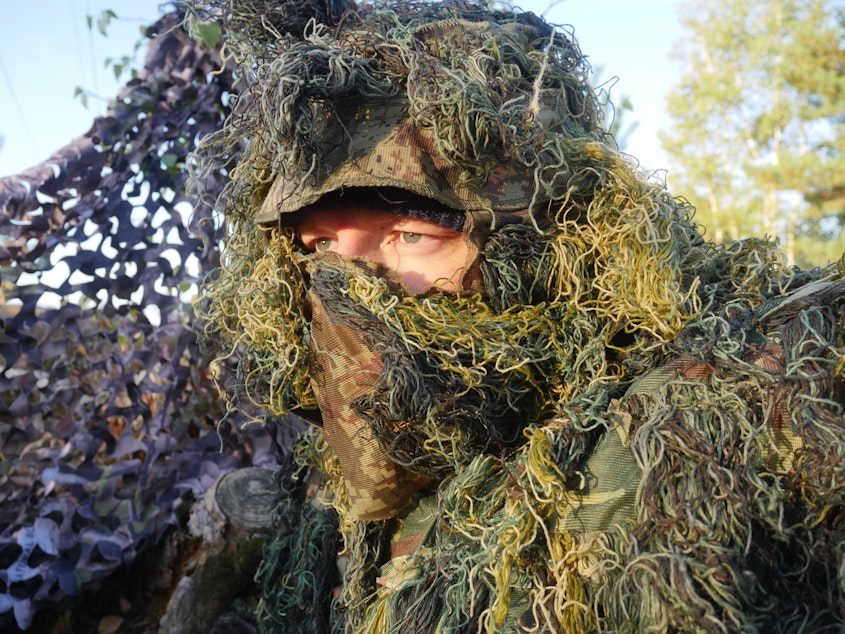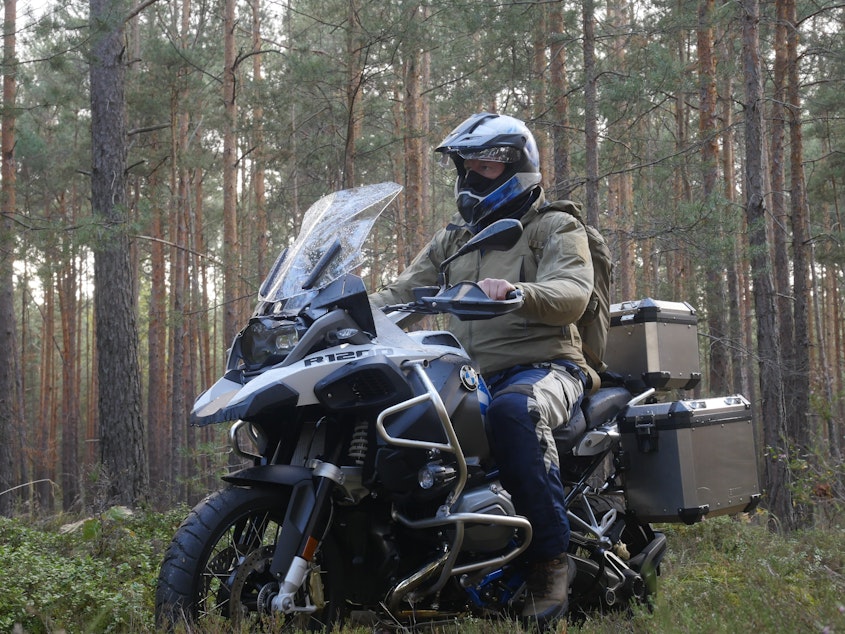Return of ze big bad wolf

In 1994, Russia finally pulled out of East Germany, ending the occupation the Soviet Union started after World War II. They left behind their military bases and Germany needed to decide what to do with these empty spaces.
They decided, essentially, to do nothing.
If there’s one thing I know as an ecologist: Give nature half a chance and she’ll jump right on the opportunity.
Long before the war and occupation, wolves roamed Germany, but then they went extinct in the country. It’s thought that the last one was shot to death 150 years ago.
But around 2000 something mind boggling happened: They came back, following the path of prey like a wave from Poland to Dresden, Berlin, Hanover, Bremen – even as far as Hamburg.
In ecology there is a concept of “carrying capacity” – how many animals, like wolves, that a region can tolerate given how much food, habitat and water is available. Wolves regulate their own numbers according to the prey.
But there’s also the question of how many wolves humans will tolerate.
Sponsored
“The wolf is a symbol for ruthlessness," said biologist Ulrich Wotschikowsky. "We have destroyed wilderness in these cultivated and over civilized countries like Germany.
"Wolves coming back is a wonderful sign that there is something left. I would be glad if the wolves could settle down in Germany and bring us back what we have destroyed in the former times."
Ulrich, filmmaker Sebastian Koener and I set out on a hunt to see the reclusive animals in their new home.

Learn more about the people and resources featured in this episode:
- Ulrich Wotschikowsky
- Christian-Dietrich Morawit
- Sebastian Koerner
- Animated map of wolf migration
- The European Nature Trust (TENT)
THE WILD is a production of KUOW in Seattle in partnership with Chris Morgan and The UPROAR Fund. It is produced by Matt Martin and edited by Jim Gates. It is hosted, produced and written by Chris Morgan. Fact checking by Apryle Craig. Our theme music is by Michael Parker. Produced for the web by Kara McDermott.





